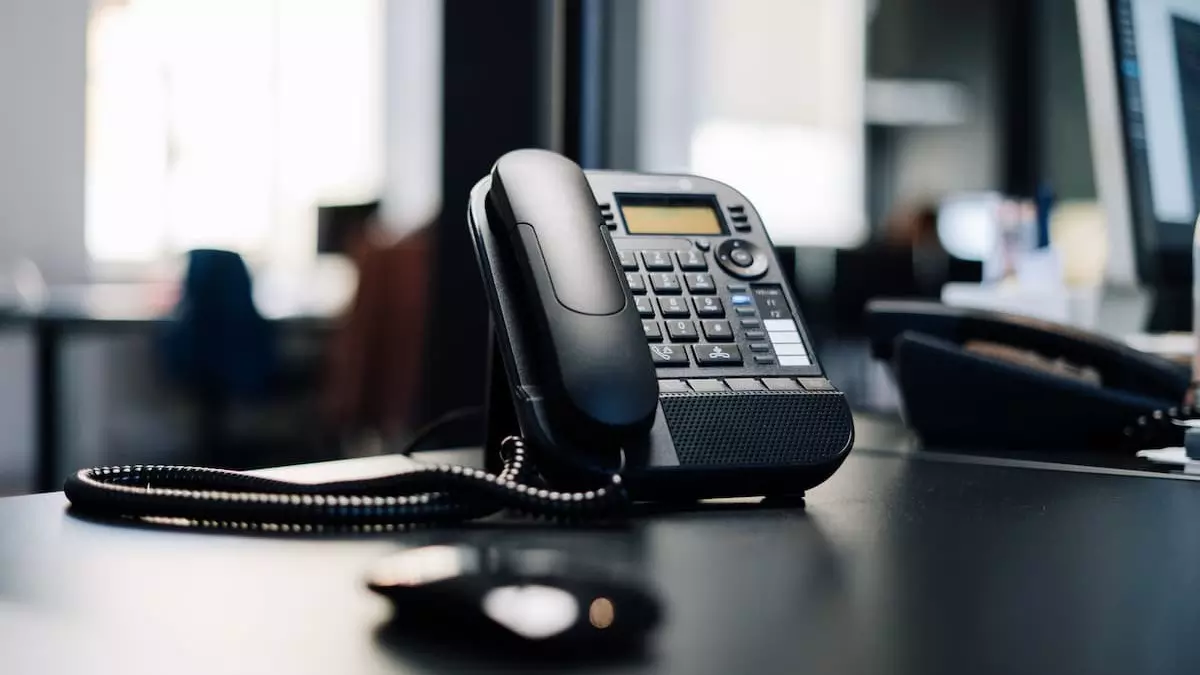Rad AI: Radiology Workflow-Focused AI


Artificial intelligence is becoming ubiquitous at radiology conferences across the country. Over the last few years, RSNA attendees have undoubtedly seen the rapid growth of the AI showcase. However, the explosive growth in AI at radiology conferences hasn’t necessarily translated to widespread adoption of AI solutions by radiology groups.
The lack of widespread adoption is multifactorial, explained in part by the cost and lack of reimbursement. The types of available algorithms likely also play a role in the lack of adoption. The majority of commercially available AI algorithms are imaging-focused, emphasizing triage of acute findings and providing a “second set of eyes.” Non-image interpretation AI solutions (scheduling, billing, workflow optimization, etc.) are less widely available.
My radiology group, Inland Imaging, is a private practice group in the Pacific Northwest consisting of over 100 radiologists, the vast majority of which are subspecialized. Despite evaluating numerous algorithms, we have not found an imaging-focused AI solution that “moved the needle” for our group. However, non-image interpretation AI solutions have the potential to make a meaningful impact, particularly solutions that streamline workflow and/or improve radiologist productivity.
Rad AI is an AI vendor whose primary product, Rad AI Omni, automatically generates the impression of radiology reports based on the findings. The algorithm is trained using thousands of reports for each individual radiologist and does surprisingly well mimicking the diction of the interpreting radiologist.
During Inland’s initial use of Rad AI, it quickly became apparent that Rad AI Omni provided a significant time savings in the generation of the report impression, which translates to an opportunity for increased radiologist productivity. In addition to the time savings, the solicited radiologist feedback demonstrated that Rad AI Omni helped to reduce fatigue and the feeling of burnout by automating some of the monotonous and repetitive portions of dictated reports.
As a neuroradiologist, one example of Rad AI Omni eliminating a repetitive and monotonous task is in the impression generation on cross sectional degenerative spine reports. Radiologists often have a standardized format and style for these reports, which suits Rad AI Omni perfectly. While the impressions on these reports can be quite long, Rad AI Omni quickly and reliably synthesizes the impression using the same diction as the interpreting radiologist. This allows the radiologist time for a “last look” at the images. A normal workday may contain a dozen or more such reports. Different radiology subspecialties have similar examples of repetitive exams. Rad AI Omni excels in reducing the burden of these repetitive dictations, which reduces fatigue and leaves the radiologist feeling less drained at the end of the day.
Another product offered by Rad AI, called Rad AI Continuity, identifies and categorizes follow-up recommendations and confirms appropriateness and adherence to society guidelines. It then automates the communication of the recommendation to the patient and outpatient provider. Finally, it tracks adherence to follow-up recommendations and ensures that the loop is closed. Rad AI is constantly updating the Continuity program by adding tracking of new standardized follow-up recommendations. This automation and tracking results in increased compliance with clinically appropriate follow-up recommendations, improving quality and adding value to the radiologist work product.
As radiology groups evaluate different AI solutions, assessing clinical algorithms remains a mainstay. However, the evaluation of non-image interpretation AI algorithms like Rad AI is equally important, as they have the ability to improve radiologist quality and productivity while simultaneously decreasing radiologist fatigue and burnout.





